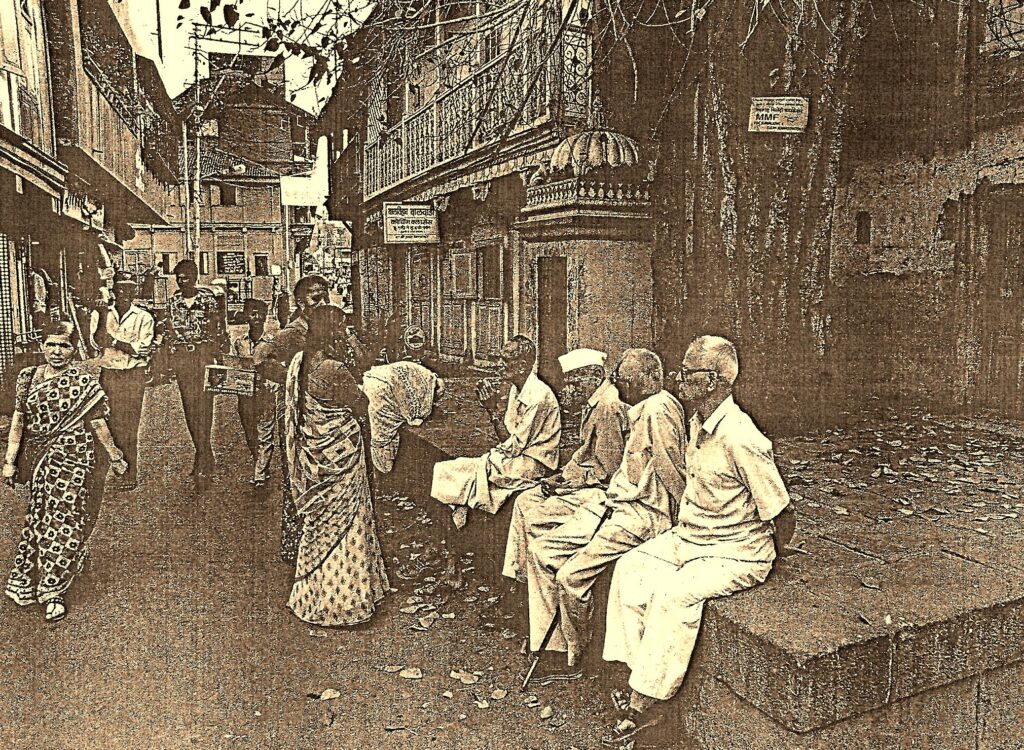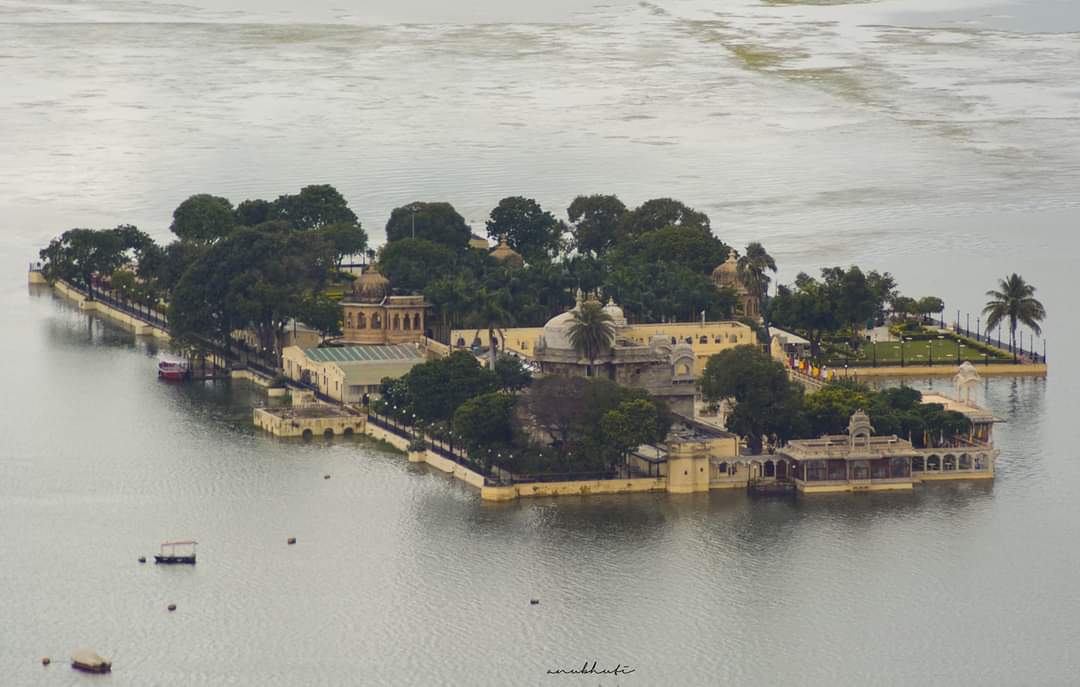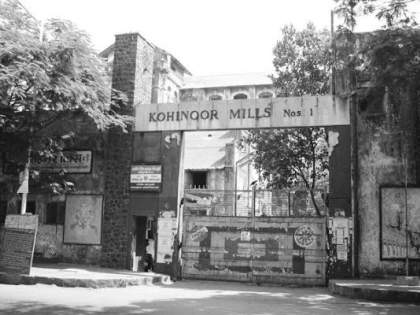Introduction
Nestled in the heart of Maharashtra, Pune, often dubbed the “Oxford of the East,” is a city that defies easy categorization. It’s a place where history and innovation dance hand in hand, where tradition seamlessly intertwines with modernity, and where architectural marvels reflect the aspirations of its evolving residents. Pune’s evolution, much like an unfolding story, is a tapestry of culture, heritage, and the relentless pursuit of a better future.
But what makes Pune truly fascinating is not just its rich historical context or its skyline punctuated by skyscrapers. It is the city’s unwavering commitment to becoming more liveable and sustainable, embracing the challenges of climate change, and reimagining its urban landscape in a way that fosters a sense of community and self-sufficiency. In this essay, a journey through Pune’s architectural narrative is explored showing how the city has evolved and continues to evolve into a harmonious blend of tradition and modernity, where every building, park, and street is a chapter in a story of resilience and transformation.
Historical Prelude and Architectural Evolution
To decode Pune’s architectural metamorphosis, we must journey through time. Pune, a city rooted in history since the 8th century, transcended its traditional origins to become a flourishing nexus of IT prowess and educational excellence. This shift is an architectural testament to the city’s changing identity, symbolized by the soaring skyscrapers that punctuate its skyline.
In the heart of the city, the Peth areas, traditional homes were often arranged around a central courtyard. This ingenious design allowed for ample natural light and ventilation to permeate the living spaces. The courtyards served as communal gathering spaces, where families connected and celebrated traditions. This integration of nature and community was not just an architectural quirk but a practical response to Pune’s climate and culture. Pune’s unique architectural charm, particularly in its historic Peth areas, is defined by courtyard planning, i. e. the Wada Architecture and other design features that prioritize natural ventilation and sustainable living. As Pune evolves, it should draw inspiration from its architectural heritage while incorporating modern technology and innovations.

Unsustainable planning: A Discordant Note
As Pune expanded its horizons, reaching out to embrace neighbouring areas, a demand for greater connectivity and accessibility emerged. This urban sprawl, while bringing new opportunities, also ushered in a growing reliance on transportation as residential areas moved farther from commercial hubs. The consequence of this development was a discernible shift away from the self-sufficiency that characterized the city’s historical core. It’s a poignant reminder that progress often comes at the cost of losing touch with our local roots. Within Pune’s architectural landscape, the inadequacies of urban planning manifest through traffic bottlenecks and congested roadways, as observed in the perplexing gridlock around major hotspots. These structural shortcomings reflect a lack of foresight and effective design in accommodating the city’s transportation needs. Yet, in the choreography of development, a harmonious equilibrium between modernity and environmental stewardship needs to be preserved.

[Source: Sakal Newspaper]
“The two elements of the suburban pattern that cause the greatest problems are the extreme separation of uses and the vast distances between things.”
– James Howard Kunstler
Scaling Down for Scaling Up
Modern architectural marvels, like the iconic Magarpatta City and Amanora Park Town, have etched their presence on the cityscape, a testimony to Pune’s economic dynamism. Such projects epitomize self-sufficiency through meticulous planning and design. Pedestrian-friendly infrastructure, local markets, and community hubs encourage close to the residents to embrace a sustainable lifestyle. Green spaces and sustainability initiatives further enhance the quality of life while reducing environmental impact. However, there remains a collective responsibility to further advance these principles citywide. Pune, like many growing urban centres, still grapples with pockets of congestion, inadequate public transportation, and disparities in self-sufficiency. To truly embrace visions like 15-minute city concept where each neighbourhood is self-contained urban enclave offering a harmonious blend of residential, commercial, and recreational spaces, all within a 15-minute radius, comprehensive urban and transport planning, sustainable infrastructure, and community engagement must be prioritized on a larger scale. Areas like Hinjewadi and Kharadi, hosting major IT companies, demand improved connectivity solutions. Pune’s architectural future must address these challenges by focusing on sustainable transportation networks and eco-friendly self-sustained neighbourhoods. Decentralizing services and resources within these localized hubs can be achieved through architectural innovation and urban planning strategies.
![From Peths to Pinnacles: Pune's Architectural Evolution Towards Tomorrow, drawing inspirations from Yesterday, introspecting Today 5 Fig. 3: Emerging skyline of Pune’s Metro Stations (While drawing conceptual inspiration for the city's skyline, qual emphasis must be placed on conceptualizing city-wide neighbourhoods and sustainable infrastructure planning)
[Source: Author]](https://architecture.live/wp-content/uploads/2023/11/Emerging-Skyline-of-Pune-Metro-Stations.jpg)
[Source: Author]
Furthermore, it is not enough to rely solely on a few isolated projects to achieve self-sufficiency. Pune must take a bolder step forward by creating multiple self-sufficient cities within the city itself. These self-contained urban centres would seamlessly integrate residential, commercial, and recreational spaces, ensuring that every corner of Pune becomes a vibrant, self-sustaining hub. By fostering greater connectivity, promoting localized amenities, and investing in eco-friendly urban initiatives on this broader scale, Pune can lead the way in urban development, offering a more liveable, sustainable, and inclusive future for all its residents while embodying the true essence of the 15-minute city concept.
Concluding Vision
Yet, in the midst of this urban transformation, Pune stands as a hidden gem—a city that once embodied the principles of the 15-minute city long before the concept came into the global spotlight. Its winding Peth areas, where traditions flourish and neighbours connect, have whispered to us about the wisdom of self-sufficiency and local living long time back. The question now looms: Can Pune, with its rich history and evolving architecture, not only recapture but celebrate the essence of its local way of life? In doing so, it has the opportunity to inspire cities worldwide, showing that the most sustainable and liveable future may be just around the corner—a mere 15-minute walk away.
“A city is said to be an assembly of people, a congregation drawn together to the end they may thereby the better live at their ease in wealth and plenty. And the greatness of a city is said to be, not the largeness of the site or the circuit of the walls, but the multitude of the inhabitants and their power.”
Spiro Kostof
References
Diddee, J., & Gupta, S. (2000). Pune Queen of Deccan. Elephant Design Pvt. Limited.
Duany, A., & Steuteville, R. (2021, February 8). Public Square: A CNU Journal. Retrieved from The Congress for the New Urbanism: https://www.cnu.org/publicsquare/2021/02/08/defining-15-minute-city
Patched Portrait. (2012, September 27). Pune in 17th and 18th century. Retrieved from WordPress: https://patchedportrait.wordpress.com/author/patchedportrait/
Sakal. (2023, September 10). Pune: E Sakal. Retrieved from E Sakal: https://www.esakal.com/pune/todays-latest-marathi-news-pne23r19388-txt-pune-today-20230824092244Thevar, S. (2020, February 7). Pune News: Hindustani Times. Retrieved from Hindustani Times: https://www.hindustantimes.com/pune-news/maha-metro-looks-at-nature-culture-and-contemporary-style-to-finalise-pune-metro-station-designs/story-qmmsjOAKaCmCAXWp8l2JeO.html





